5 Films Shot with a Smartphone
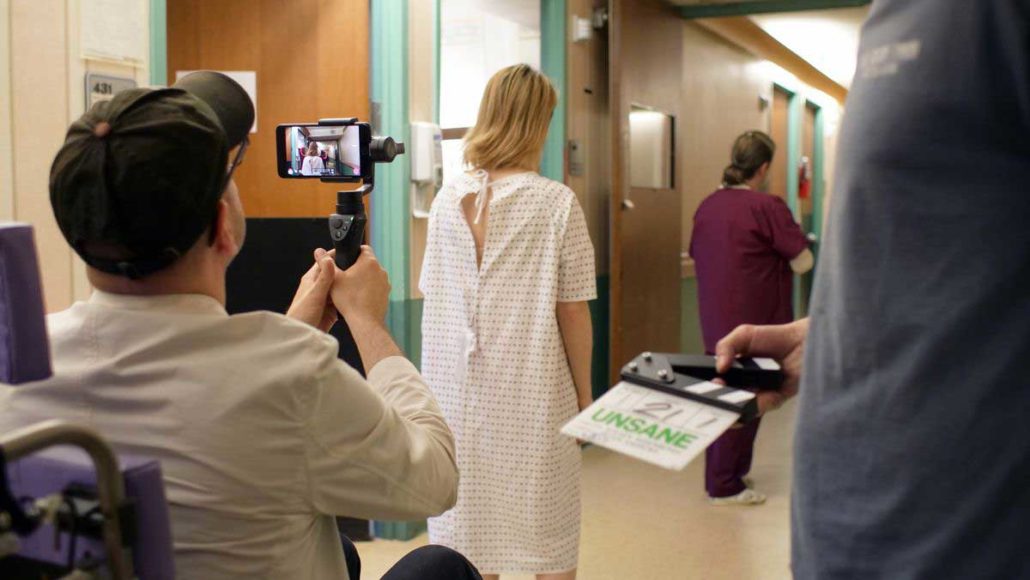
Filmmakers Who Opted to use a Smartphone to Shoot Their Films
While it’s nice to have access to state-of-the-art equipment and specialty lenses, some filmmakers are choosing to take their skills and apply them to the camera in their pocket. That’s right. We’re talking about shooting movies on a smartphone.
Nearly 81% of Americans carry a smartphone in their pockets. Just nine years ago, that number was only 35%. Smartphones are cheaper and easier to buy than ever, becoming a must-have item in the 21st century.
For filmmakers, it also means having an advanced camera in their pocket. While most are still opting for a traditional lens and camera kit, there are a few filmmakers who have taken the camera in their hand and turned it toward the silver screen.
Right now, as filmmakers, you might be struggling to get access to film equipment. If you’re taking classes from home, your smartphone might be the only option you have for creating content. Luckily, smartphone filmmaking can be just as engaging as shooting with the best equipment.
5 Movies Shot on a Smartphone
We picked five films shot on a smartphone that we think are worth seeing—especially if you’re going to try your hand at mobile filmmaking yourself.
Unsane
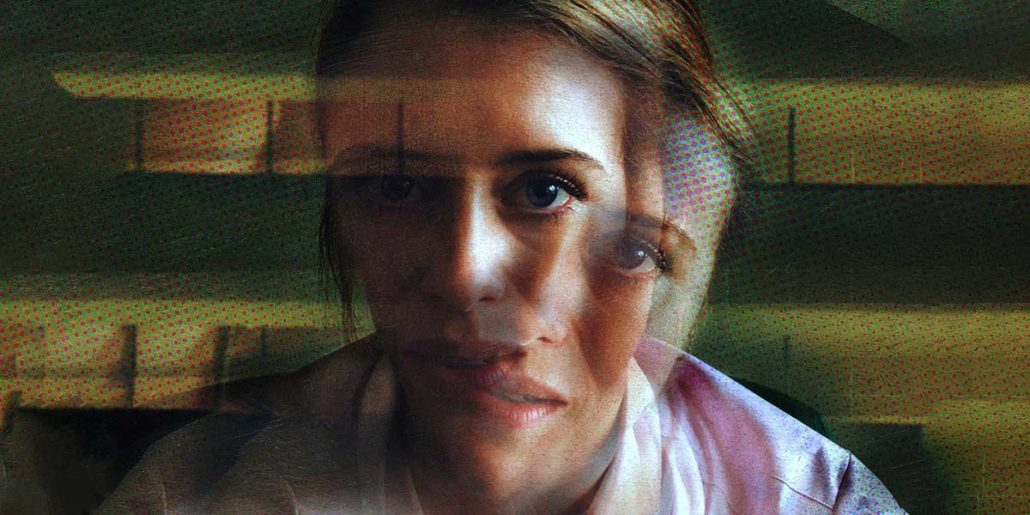
Directed by Steven Soderbergh
As you might predict from the name, Unsane is a psychological horror film about a woman confined to a mental health hospital after she was pursued by a stalker. It was released in February 2018 in Berlin and went on to earn $14.3 million at the box office. Unsane was shot on an iPhone 7 Plus, using the app FiLMiC Pro—entirely in secret by director Steven Soderbergh.
High Flying Bird
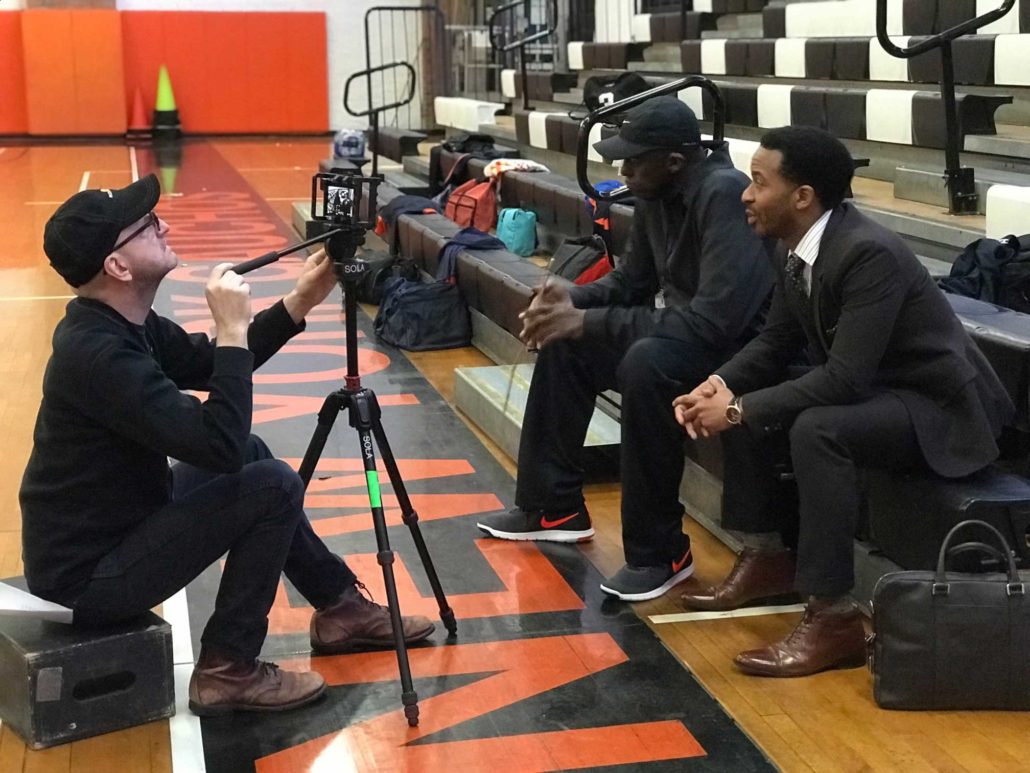
Directed by Steven Soderbergh
Another Steven Soderbergh original, High Flying Bird is a sports drama film that debuted in 2019. The story follows a sports agent who faces unemployment. In 72 hours, he must help a new rookie find his place in the NBA if he wants to have a chance at keeping a job. High Flying Bird didn’t do nearly as well as Unsane, despite Netflix picking it up less than two weeks after it premiered in January 2019. This time, Soderbergh used an iPhone 8 to shoot the entire 91 minutes.
Tangerine
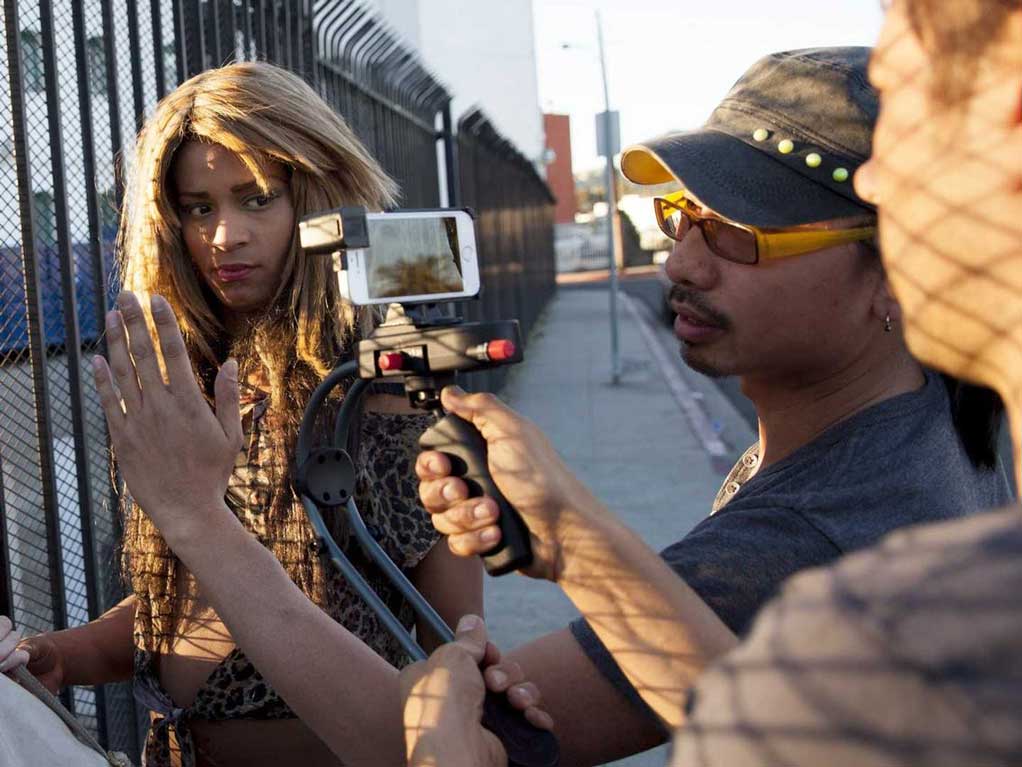
Directed by Sean Baker
Shot on three iPhone 5s models, Tangerine was one of the first films shot on smartphones in 2015. The story of a transgender sex worker trying to find the pimp who broke her heart, Tangerine won two Gotham Awards and an Indie Spirit Award. Both a comedy and a drama, the 88 minutes of iPhone footage earned over $940,000 at the box office.
Searching for Sugar Man

Directed by Malik Bendjelloul
This is the story of a South African cultural phenomenon—the search for American musician Sixto Rodriguez. While the film was originally shot using Super 8 film, director Malik Bendjelloul ran out of money and turned to his iPhone. With an app designed to mimic the Super 8 film (called 8mm Vintage Camera), Bendjelloul finished his film then released it as the opening film at the Sundance Film Festival in 2012. It went on to win a BAFTA Award for Best Documentary in London and then an Academy Award in Hollywood.
Night Fishing
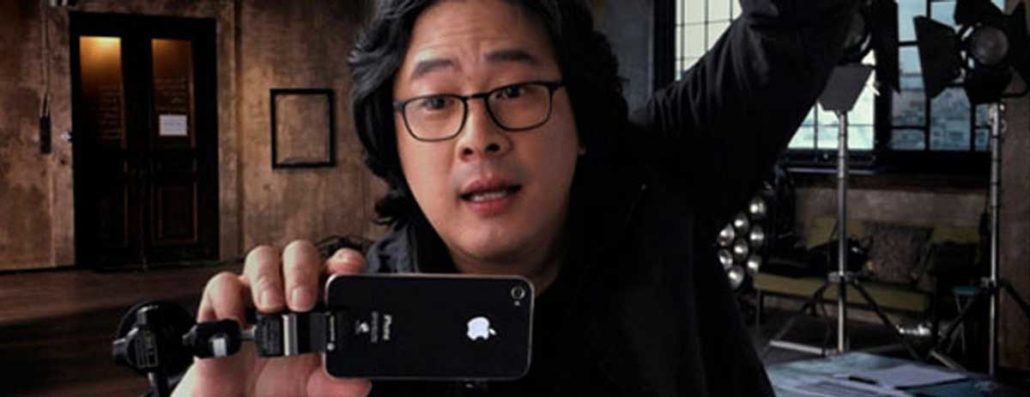
Directed by Park Chan-kyong and Park Chan-wook
Though a short piece— just 33 minutes in length—Night Fishing is another iPhone film worth noting. Shot on an iPhone 4, it was screened to around 100 reporters in 2011. The story follows a man who sets up a fishing trip but ends up reeling in the body of a woman. As he’s trying to untangle the lines, she comes alive. South Korean company KT (the exclusive distributor of the iPhone at the time in South Korea) supported the movie in that country, where it was widely acclaimed before launching globally and winning Best Short Film at the Berlin International Film Festival.
Tips for Shooting a Feature Film on Your Smartphone
If you’re interested in shooting your own film on a smartphone, here are some tips to help you get started.
Use a filmmaking app. Don’t just use your native camera app (though that is possible). Try out a few filmmaking apps first. Steven Soderbergh uses Filmic Pro, but there are others available (MoviePro, Mavis, Procam, and Moment) that work really well, too. Learn the ins and outs of the app on a few small projects before you begin working on your film.
Get the right equipment. We all like to think we have a steady hand, but when you watch those videos of your friends or family opening presents on Christmas, you might as well be on a roller coaster. Find a good mobile stabilizer, and it will look like you had a team behind you. There are a few recommended by iPhone themselves including DJ Osmo Mobile, Zhiyun Smooth Q, and Freefly Movi.
Always shoot landscape. Ok, this might seem like a “duh,” but seriously, you don’t want to forget and capture an amazing shot in portrait. Be sure to automatically hold your phone landscape.
Find a good mic. You want your audience to hear every part of the story you’re trying to tell. You can find mic adapters designed just for your iPhone, or you can get multiple mics and record the sound separately. Either way, it’s worth it for a good film.
Edit, edit, edit. This includes color correction, trimming, and sound editing. If you want it to look professional, you need to do the work of post production. Check for white balance and exposure. There are several great editing apps or programs you can use, like Hit Film OR Adobe Premiere Rush.
Always Be Creating at The Los Angeles Film School
We know filmmaking as a student right now might look different than you imagined. But there’s no reason you can’t create fantastic films using the gear you already have. Take the plunge, and try your hand at smartphone filmmaking. You just might be surprised at the quality you can achieve from that camera in your pocket.
